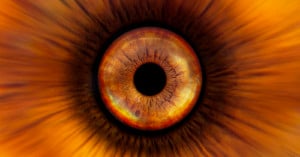
How to Photograph Your Own Eye
The world of macro photography is full of fascinating subjects, but eyes and irises have got to be among the most mesmerizing ones. As with most captivating subjects, capturing it can be quite a challenge.

The world of macro photography is full of fascinating subjects, but eyes and irises have got to be among the most mesmerizing ones. As with most captivating subjects, capturing it can be quite a challenge.
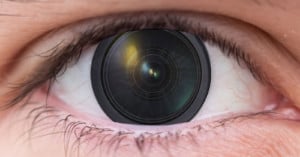
Scientists have revealed a new futuristic robotic contact lens that's essentially an advanced zoom lens for the human eye. It can be zoomed and controlled by blinking and looking around.
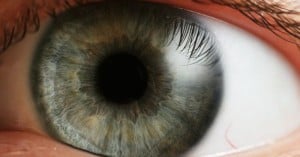
Update: Since we published this, a reader and retinal neuroscientist wrote up a rebuttal, explaining why this couldn't possibly work in humans. Click here to read his full explanation.
Mind = Blown. A camera sensor might fall short of the human eye in a lot of respects, but one area where it exceeds it is infrared. The sensor can see it (sometimes with a little bit of help), but humans can't... or can they?
A crowd-funded experiment maintains that they can, given a little bit of dietary help. And they just got their first positive results, successfully extending human vision to 950nm!
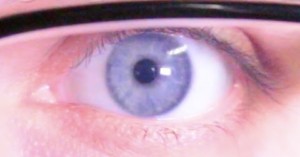
What is the resolution of the human eye? You might think it's a straight forward question with a straight forward answer. We have a certain number of photon collecting cells in our retina much like an image sensor right? So we should be able to pull a 'megapixel' count of sorts out of there.
Well, actually, it's not nearly that simple. And in the video above, video blogger Michael Stevens (aka. Vsauce) explains why, before ultimately answering the question anyway.

Engineers at Ohio State University have imitated aspects of human and insect eyes to create what may turn out to be the next big advance in camera lens technology.

Technology often borrows ideas from nature, and camera technology is no exception. For example, you might remember the bug-inspired compound eye camera we shared just a few months back. Engineers at Swiss company iniLabs don't want to mimic bug eyes, however, they'd rather create something that mimics the human eye. And that's exactly what they did with the new Dynamic Vision Sensor (DVS) 128 camera.
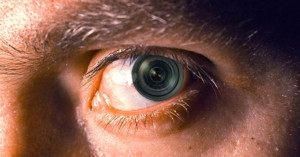
This article started after I followed an online discussion about whether a 35mm or a 50mm lens on a full frame camera gives the equivalent field of view to normal human vision. This particular discussion immediately delved into the optical physics of the eye as a camera and lens -- an understandable comparison since the eye consists of a front element (the cornea), an aperture ring (the iris and pupil), a lens, and a sensor (the retina).
Despite all the impressive mathematics thrown back and forth regarding the optical physics of the eyeball, the discussion didn’t quite seem to make sense logically, so I did a lot of reading of my own on the topic.
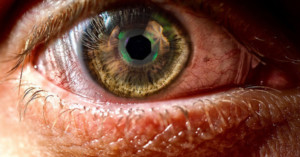
Ever wonder what the f-number of your eyes are? It can easily be calculated using …

You may have heard that digital cameras can be made sensitive to infrared light by removing the IR filter found inside, but did you now that something similar can be done with the human eye? People who have aphakia, or the absence of the lens on the eye, have reported the ability to see ultraviolet wavelengths. Claude Monet was one such person.

Contrast detection is one of the two main techniques used in camera autofocus …
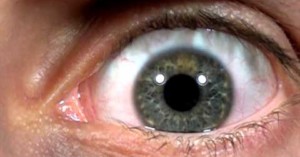
Here’s a slow motion video showing a closeup look at the human eye, our amazing biological lens (and sensor).
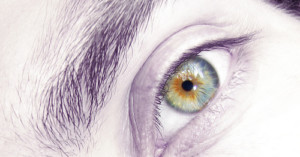
As the low-light capabilities of high-end (and even low-end) cameras rapidly improve, it’s easy to marvel at …
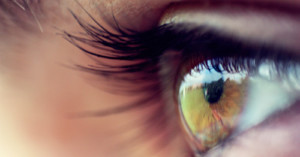
There’s an interesting discussion going on over …